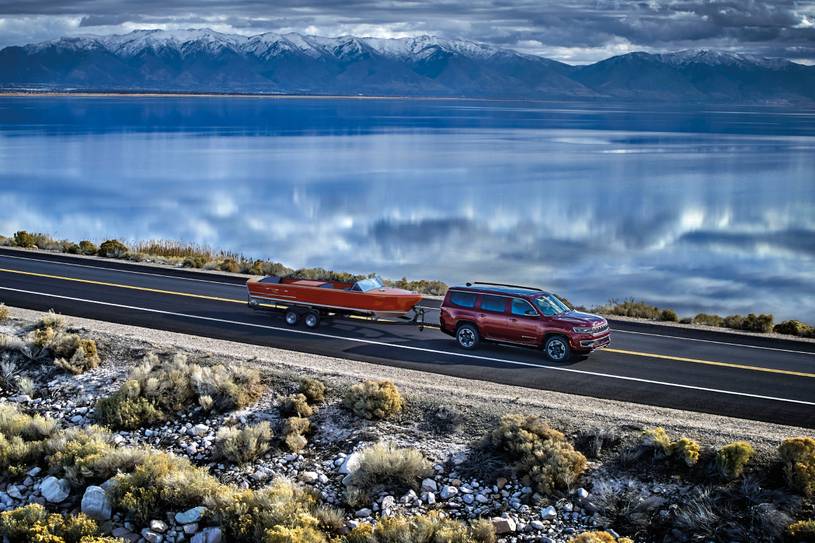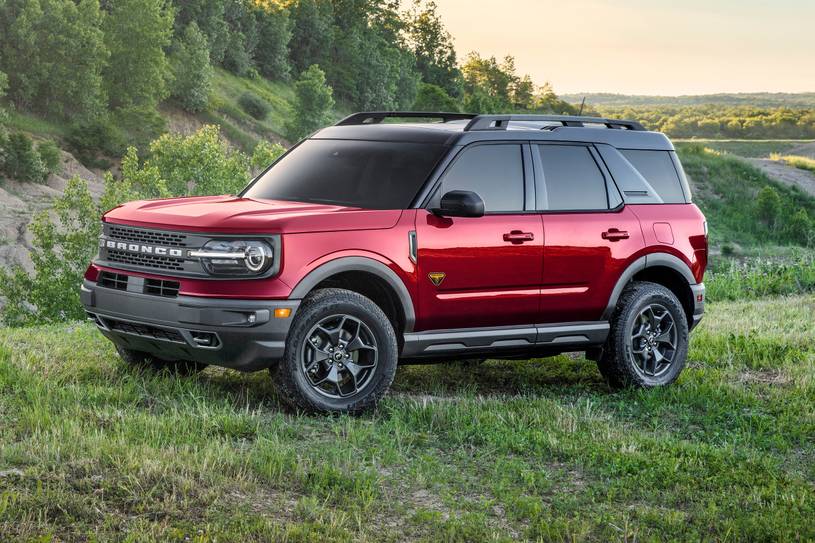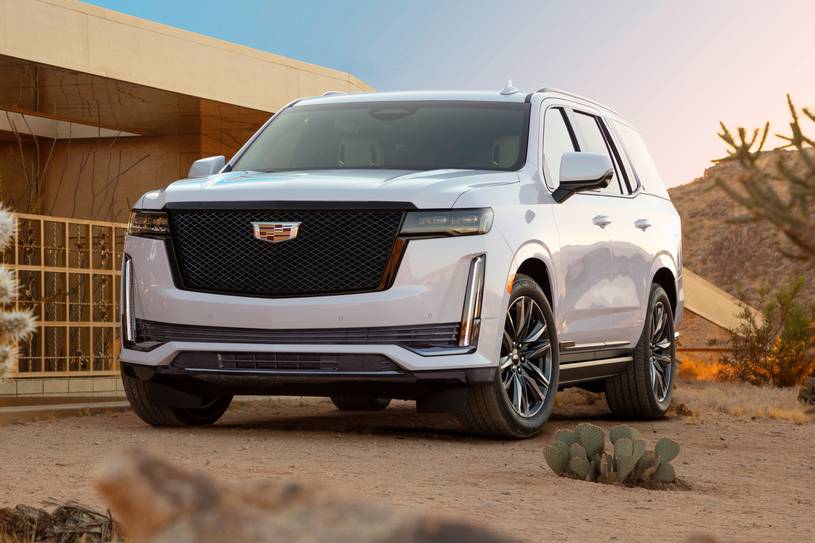The acronym SUV stands for "sport-utility vehicle." The name is reserved for vehicles that are typically taller and have a lifted ride height compared to most sedans and hatchbacks.
SUV? Crossover? What makes them unique?
SUVs have dominated the sales charts for the last two decades. These are today's go-to family vehicle, and it's easy to see why. They're generally spacious and pleasant to drive, and their elevated ride heights not only allow them to clear obstacles that sedans can't but also offer drivers a more commanding view of the road ahead. Of the 25 most popular vehicles sold in America last year, 14 were SUVs.
At their nascence, SUVs were essentially trucks with an enclosed area for cargo or passengers instead of a bed. In fact, SUVs of old like the original Ford Explorer were built on adapted versions of contemporary pickup platforms. Some still are, and if a car is built on this type of platform, it is typically referred to as a body-on-frame SUV. There are still a number of true body-on-frame SUVs that are on sale today, but the vast majority have bucked this trend.
Over time, customer preferences shifted toward SUVs with a unibody construction, similar in design to standard passenger cars. We refer to vehicles built on these types of platforms as "crossovers" because, as the name suggests, they split the difference between a true body-on-frame SUV and a passenger car. Recently the term "SUV" has become more of a catchall for anything with a taller ride height than most sedans or hatchbacks, but the key differences are worth knowing.






 by
by